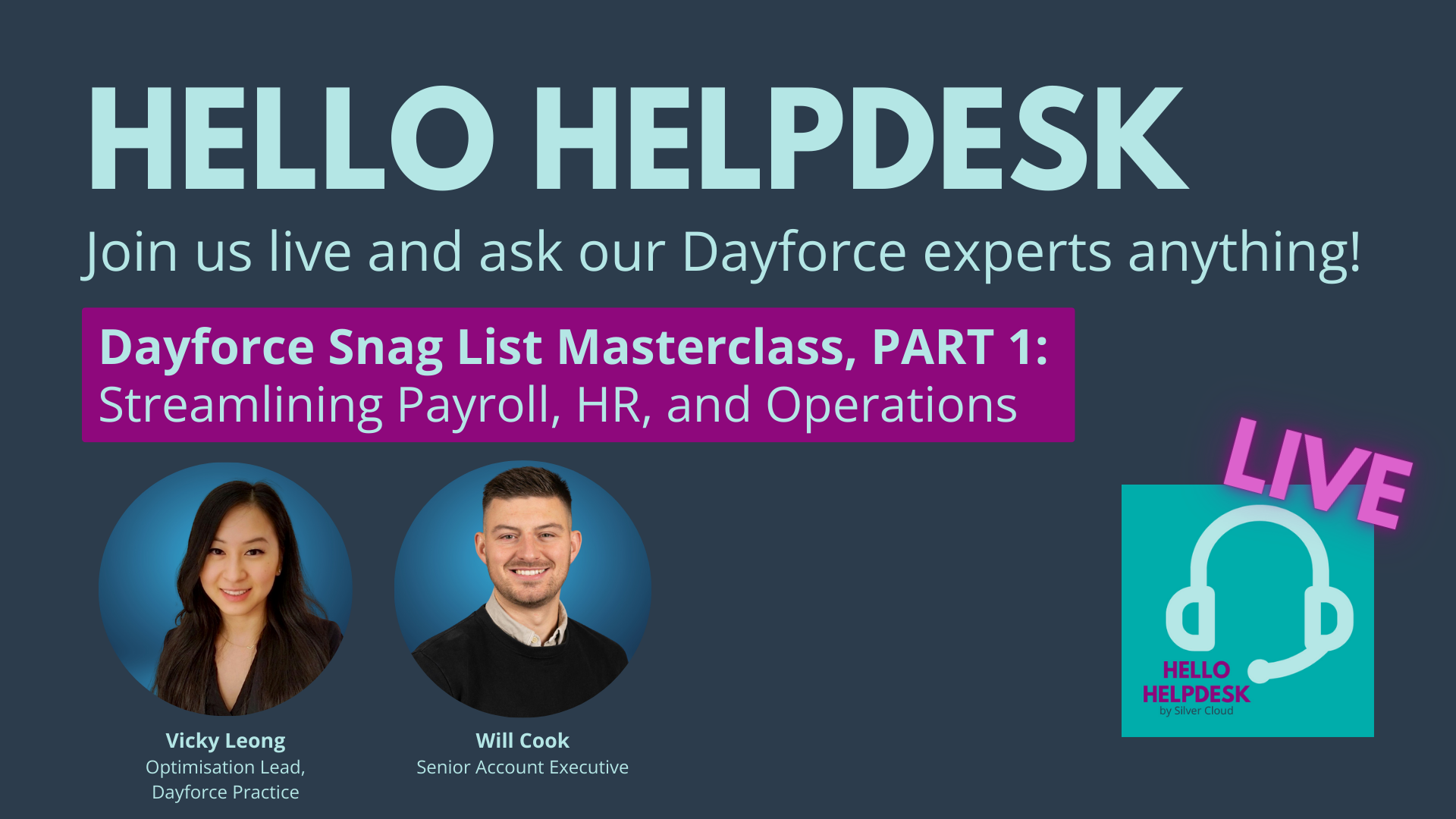How to win over a CFO with your HR tech business case
by SJ Hood

HR tech business case is going to get approval without your CFO getting on board. Leading your company’s financial strategy, they hold the purse strings and will only lend their support to projects that are clearly sound financial decisions. Which means you have to build a business case that appeals to them, their challenges and their role as financial protector. Particularly during times of economic uncertainty when the only business cases that get approved can show rapid ROI (return on investment).
But as daunting as that may seem, appealing to your CFO’s sensibilities is actually pretty straightforward. Most often, they just want to see something that makes financial sense, has been thoroughly thought through and is clearly presented. So, here’s how to make that happen and get your CFO’s approval for your HR system business case:
Be upfront about the costs
This project is going to cost money. Of course it is. So don’t shy away from sharing just how much. Doing that will only serve to obscure the numbers (which CFOs care about a lot) and cast doubt on the validity of any other claims your business case makes. You don’t have to make cost the very first thing on the agenda but making it easy to find is important.
And then make it clear what kinds of costs you’re talking about. Are you proposing an entirely new kind of spend or are you swapping out one system for another (the most likely case for HR systems)? Are these costs one off or are they recurring? That kind of information makes a difference to how your CFO will think about the costs, so spell it out for them. While the situation may be clear to you, their specialisation lies elsewhere, and they may not be able to infer what you mean from context alone.
Align to the overall strategy
We talk about this factor a lot and that’s because it’s very important. No matter which stakeholder you’re appealing to, this has to be a consideration. If your business case doesn’t align to the overall strategy of your business, it’s not going to get approval. To align with the CFO’s objectives in particular, listen in on earnings calls and pay attention to the initiatives they’re focused on during leadership team meetings.
Use what you now know of their goals and pitch in accordance with them. You can even use the words directly from the calls or initiatives to make sure the alignment is super clear. So long as the new system project is aligned to the strategy, it will be much easier to support.
Explain the ‘pain of change’ vs. ‘the pain of same’
Since we know this new HRIS (Human Resources Information System) or new payroll platform is going to cost your company, you need to help them understand why this change needs to happen and why it needs to happen now. To do this, the ‘pain of change’ (all of the costs and resources needed to implement the new system) needs to feel less than the ‘pain of same’ (the cumulative costs of what happens if nothing changes). When you strike the right balance here, it should feel like a no brainer for your CFO to get onside.
Read more: The TRUE cost of doing nothing with your HRIS
Be realistic
Although it can be tempting to paint a ‘best case scenario’ picture to get your stakeholders on board, ignoring the realities of a project can actually be a negative. To make sure you’re presenting a plan that seems down to earth, there are three main things to consider:
How achievable is this project, really?
Do you have the funds, time and resources to make this new HRIS project a success? Be sure to consider what projects other departments have happening at the same time and how that impacts your plan. And, if you don’t have the resources, have you already included the assistance of an external consultancy to get it over the line? Make sure your CFO can see that you’ve considered this from all angles.
Talk about timelines
Knowing when a project is going to kick off, and when costs will be incurred, are important factors for a CFO to see. They’ll also want to know when you expect the project to finish and what the projected time to ROI is. It may be helpful to create a visual timeline of key financial milestones.
Don’t skew the savings
Not only do you need to be upfront about the costs, but you also have to be honest about the expected savings, both direct and operational. Don’t boost the figures just to get the business case approved. Most CFOs have been working in finance for a long time and have enough experience to notice when something sounds too good to be true.
Be open about what you really expect the savings to be so that they can make a sound judgement. It can also help to differentiate between financial and operational savings so that the CFO knows that, although something may impact the bottom line more, the introduction of greater efficiency might make up for it.
Understand the economic climate
The economic landscape you’re in when you present your business case matters. Even if budgets haven’t technically changed, appetites for risk almost certainly will have. A business case presented during an economic boom is a lot more likely to get approved and won’t necessarily have to prove rapid ROI (return on investment). In an economic downturn, however, business cases will likely have to bear a lot more scrutiny and fiscal responsibility.
Consider other proposals
It’s entirely likely that you’re not the only one who has a business case sitting with the CFO right now. So try to be aware of the other proposals that they may be looking at. This can help you position your business case strategically and can help you understand where your case falls in terms of priority.
For example, maybe your system needs an update, but so does one used by your product development team. If that’s the case, try to find out how critical that system is to their work, see if you can get a copy of the business case and then position your business case in a way that either supports both projects getting done or yours as the higher priority project (depending on what you know of your company’s financial situation).
Want to create a truly powerful business case? Work with our consultants to deep dive into your specific challenges and build a killer plan to overcome them. Get in touch to find out how.



